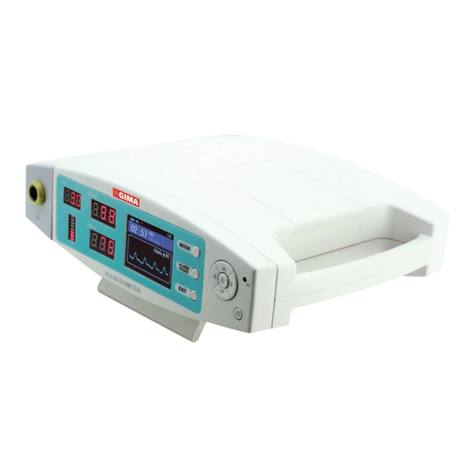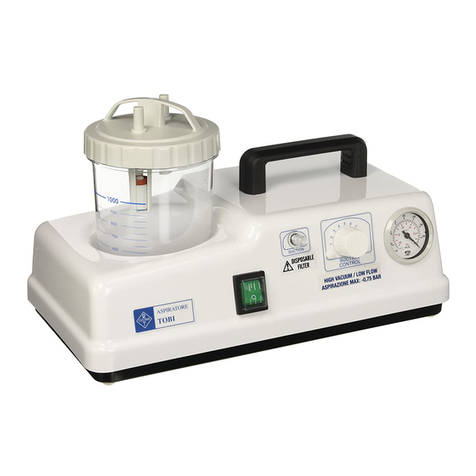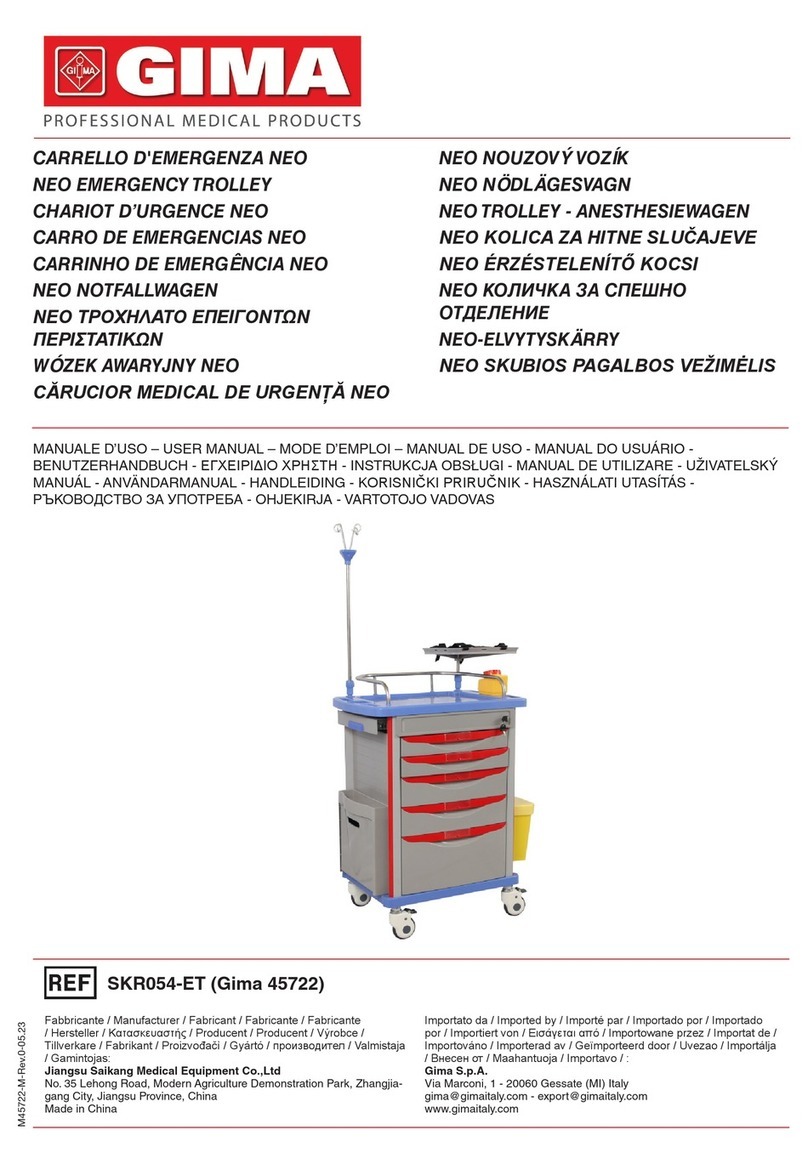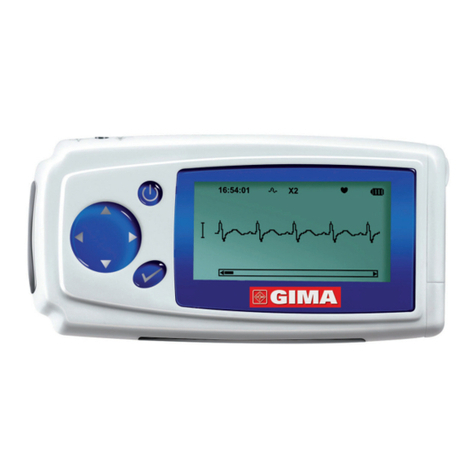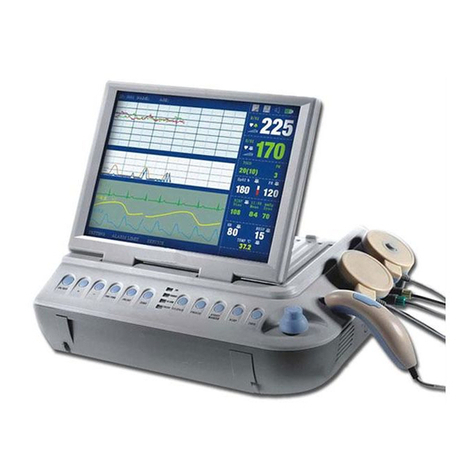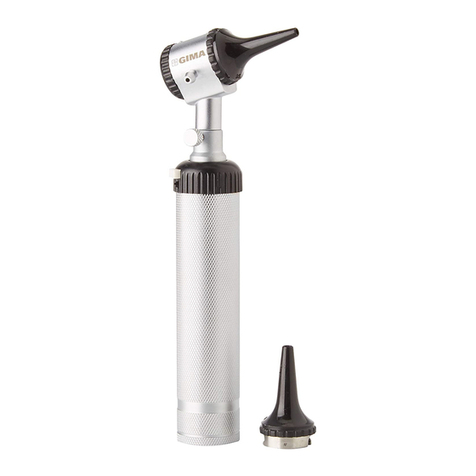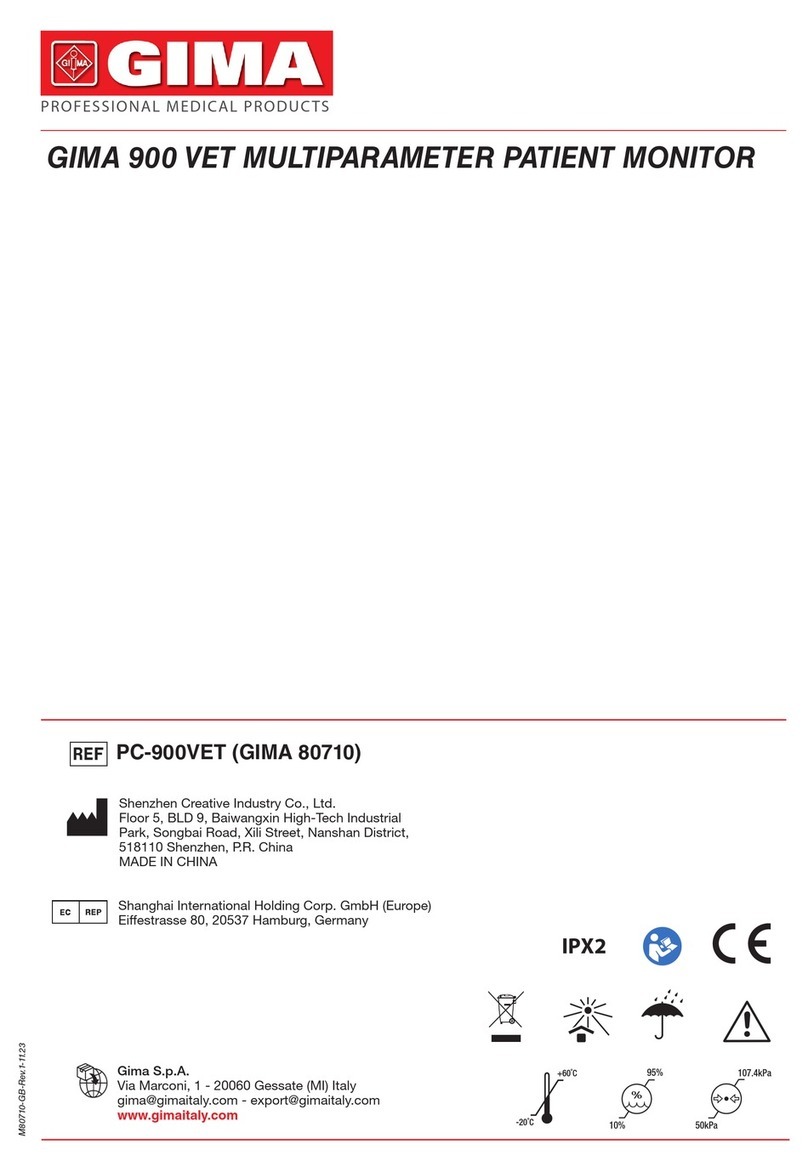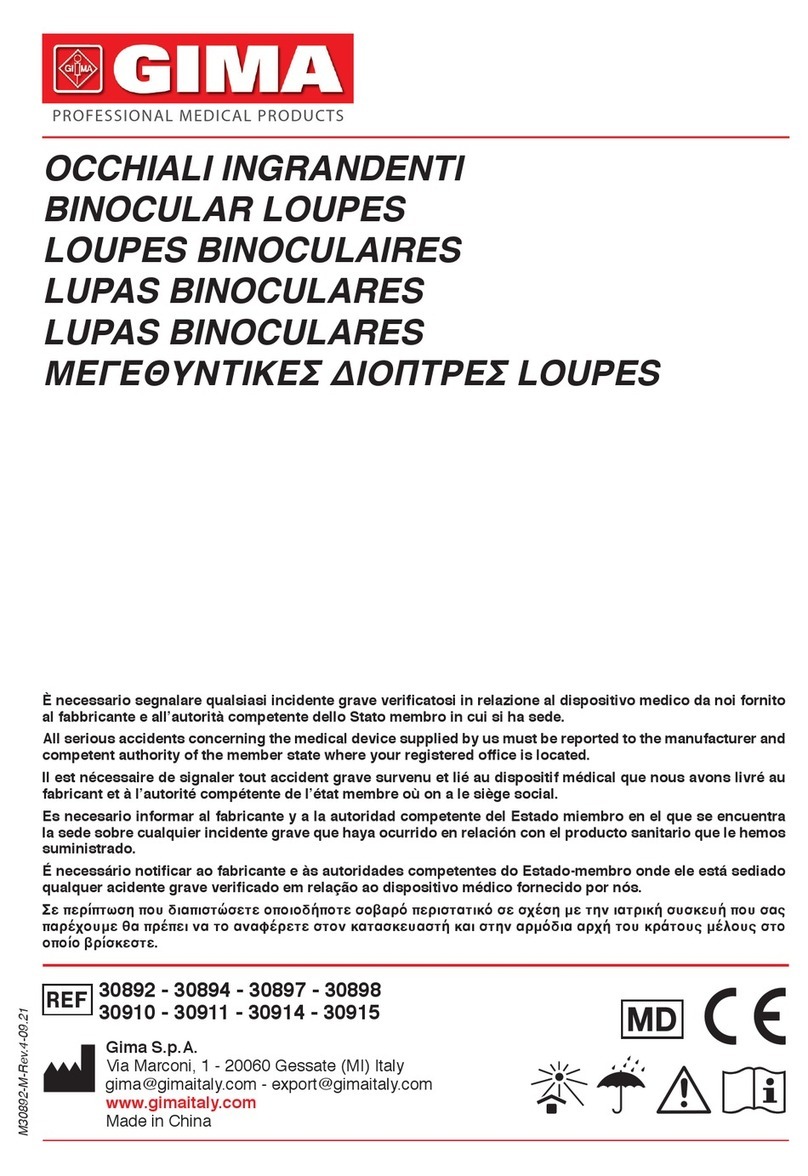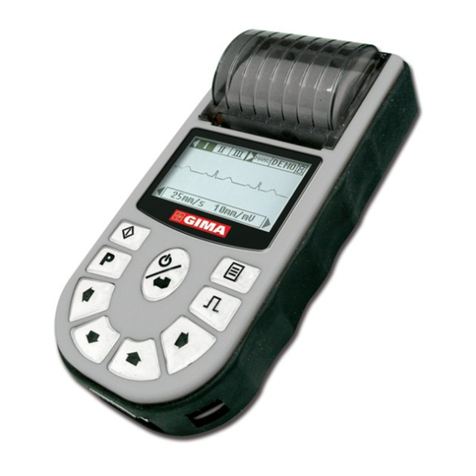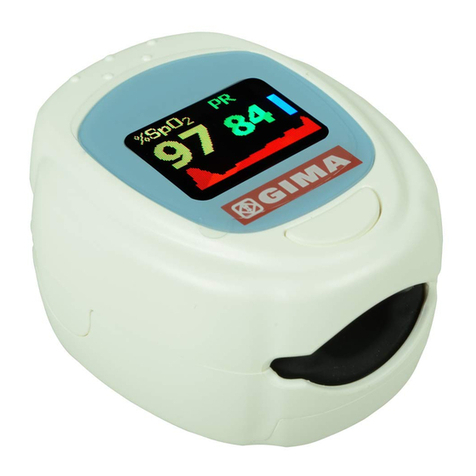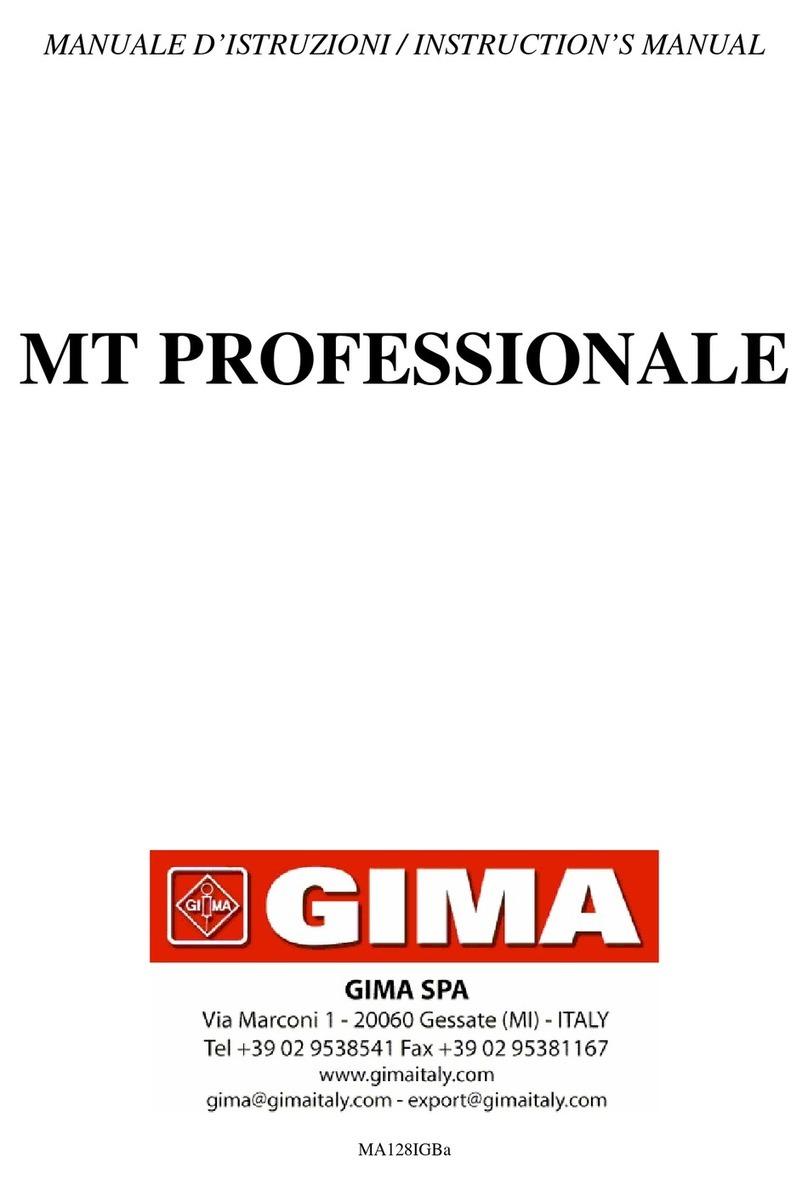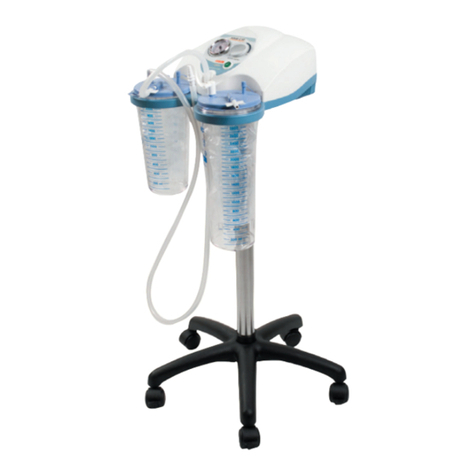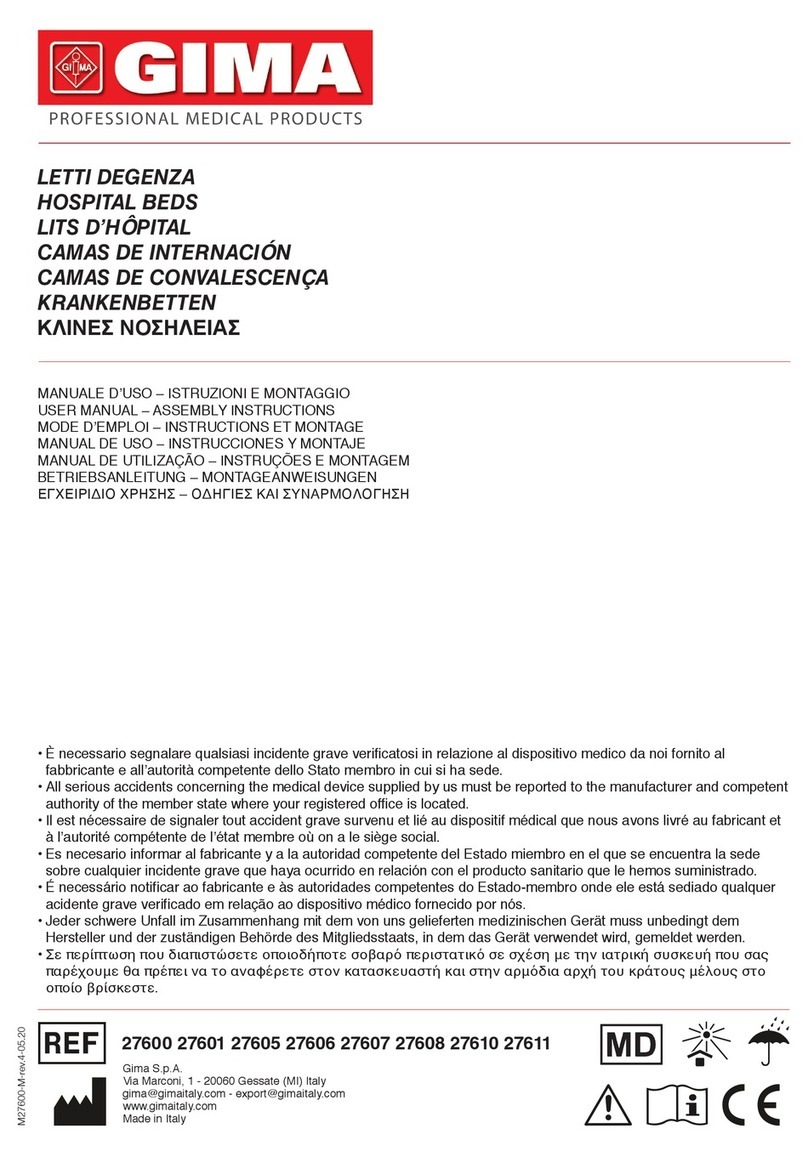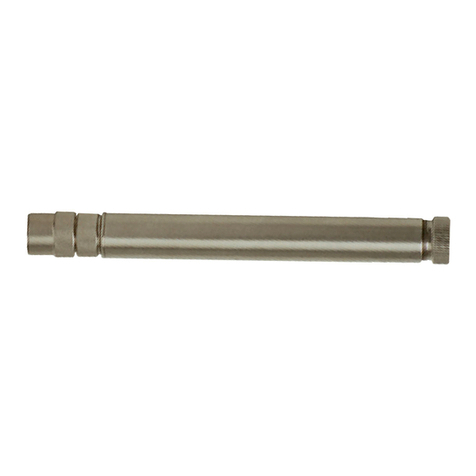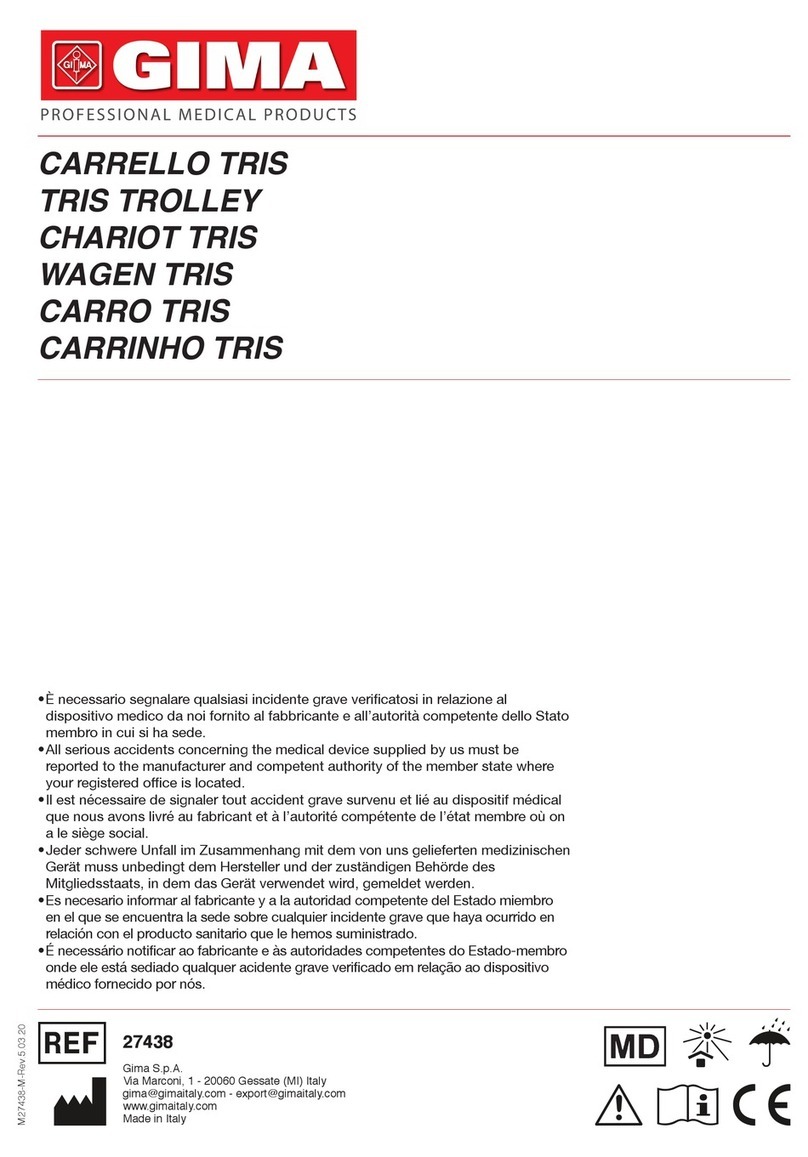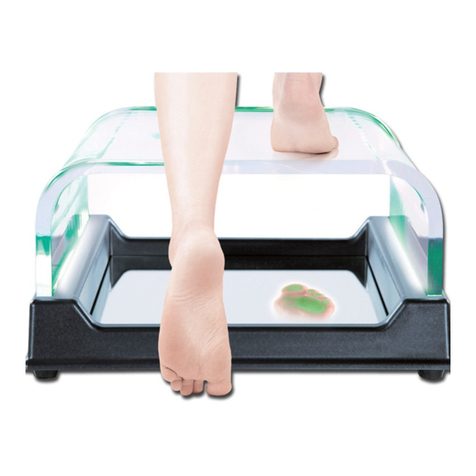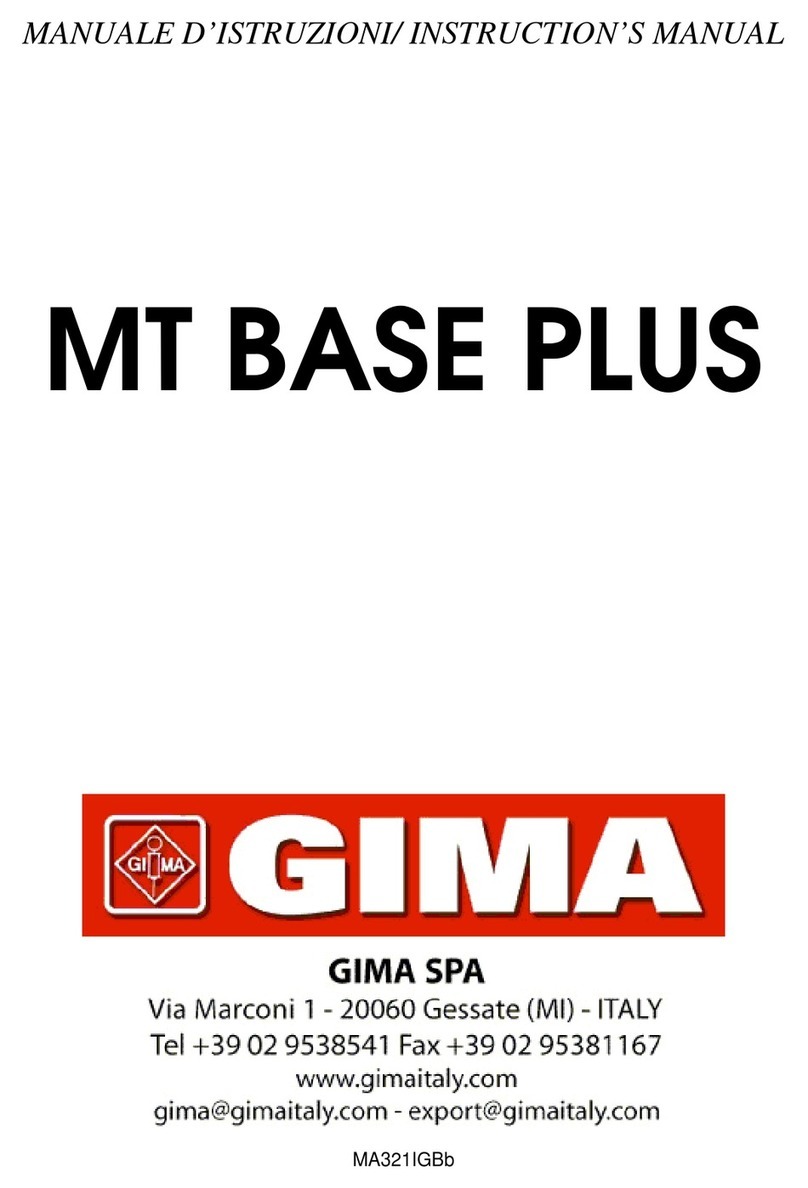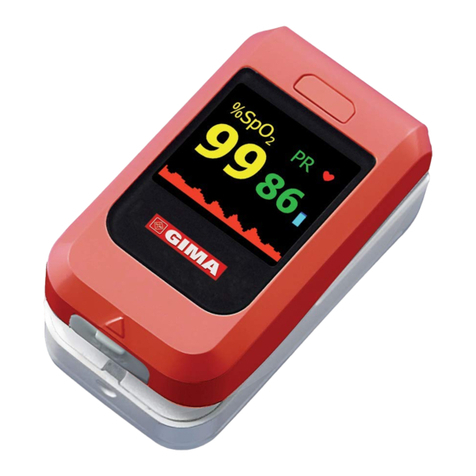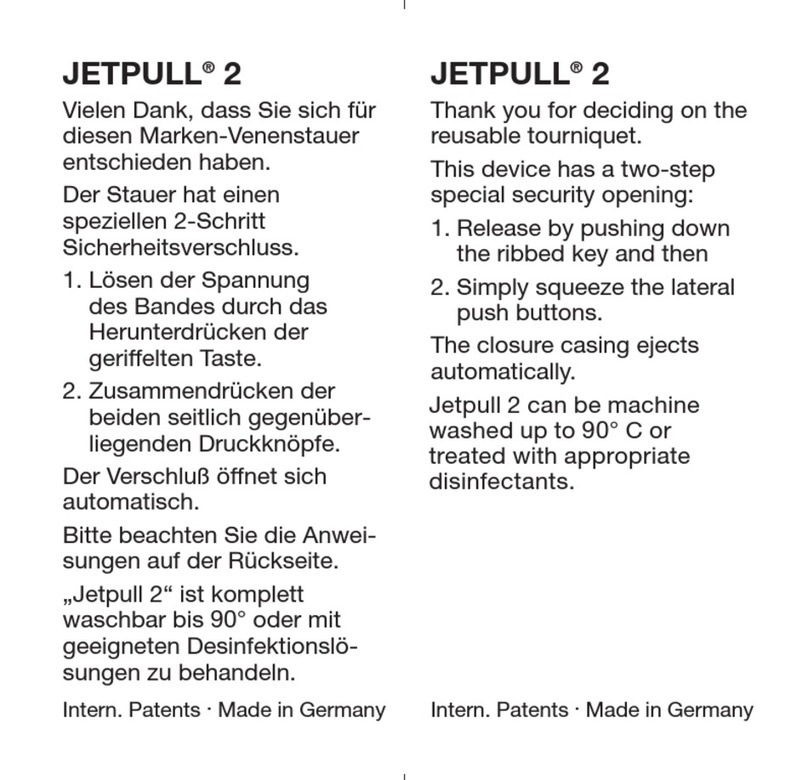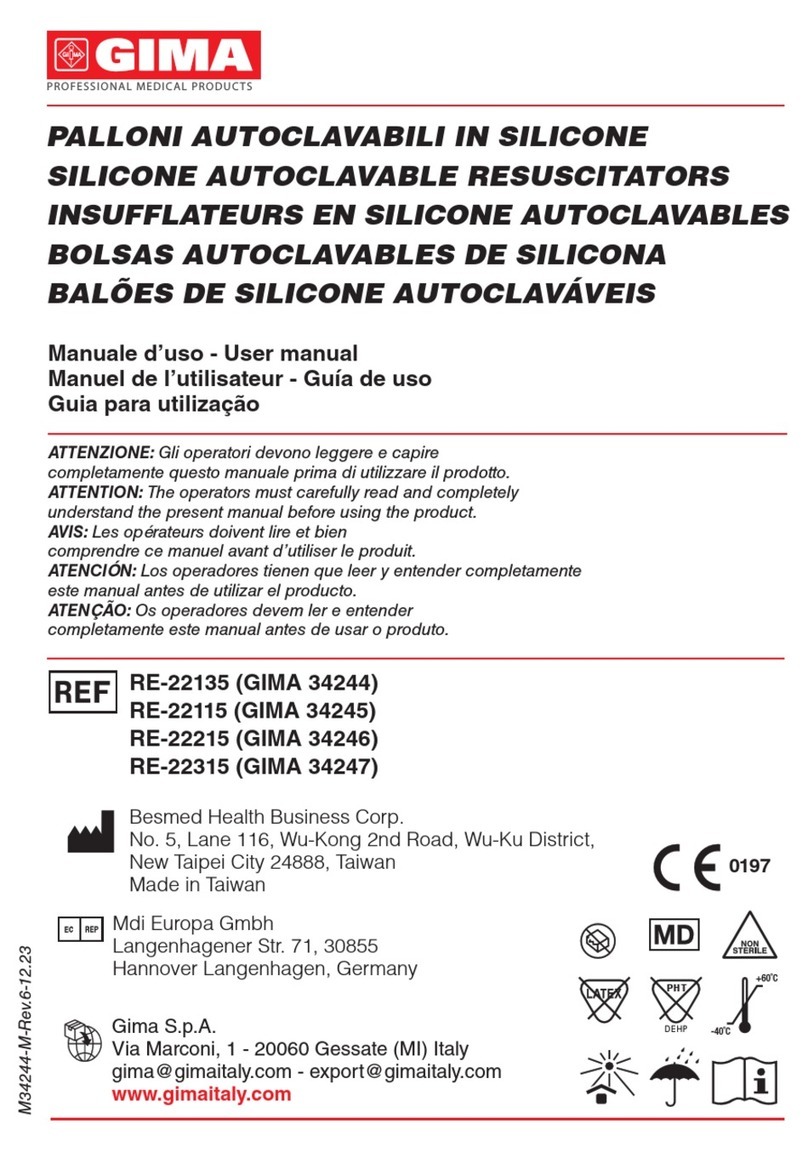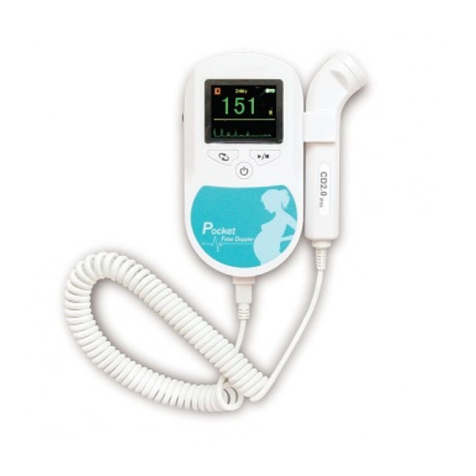
TOBI MANUALE è un apparecchio manuale con uso da campo da utilizzarsi per l'aspirazione di
liquidi corporei (come ad esempio muco e catarro).
Apparecchio progettato per offrire facilità di trasporto e impiego manuale.
Grazie a queste caratteristiche e alle prestazioni di cui è dotato, questo prodotto risulta
particolarmente adatto come aspiratore d'emergenza, per applicazioni di piccola chirurgia e su
tracheotomitizzati.
Costituito con corpo in materiale plastico in conformità alle normative di sicurezza europee,
l'apparecchio viene fornito con vaso in policarbonato da 400cc e con valvola di troppo pieno.
AVVERTENZE
PRIMA DI UTILIZZARE L'APPARECCHIO CONSULTARE ATTENTAMENTE IL MANUALE D'USO
L'USO DELL'APPARECCHIO E' RISERVATO A PERSONALE QUALIFICATO
NON SMONTARE MAI L'APPARECCHIO
PER QUALSIASI INTERVENTO CONTATTARE IL SERVIZIO TECNICO GIMA S.p.A.
NORME DI SICUREZZA FONDAMENTALI
1. All' apertura dell'imballo, verificare l'integrità dell'apparecchio, prestando particolare attenzione
alla presenza di danni alle parti plastiche, che possono rendere accessibili parti interne
dell'apparecchio. In tali casi non utilizzare l'apparecchio.
Effettuare tali controlli prima di ogni utilizzo.
2. Prestare sempre particolare attenzione ad:
•utilizzare solo accessori originali;
•utilizzare sempre l'apparecchio con il filtro antibatterico;
•evitare sempre che l'apparecchio venga a contatto con i liquidi;
•evitare che i bambini e/o incapaci possano utilizzare l'apparecchio senza la dovuta
sorveglianza;
•conservare ed utilizzare l'apparecchio in ambienti protetti dagli agenti atmosferici e a
distanza da eventuali fonti di calore.
3. Questo apparecchio deve essere destinato esclusivamente all'uso per cui è stato
progettato ovvero. Eventuali diverse utilizzazioni, sono da considerarsi improprie e
pericolose ed il costruttore non può essere ritenuto responsabile per eventuali conseguenze
che un uso improprio possono comportare. Non utilizzare l'apparecchio per scopi differenti
da quelli previsti dal fabbricante.
4. Lo smaltimento degli accessori e dell'apparecchio devono essere eseguite secondo le
specifiche legislazioni vigenti in ogni paese.
5. Per operazioni di riparazione rivolgersi esclusivamente ad servizio tecnico GIMA S.p.A.
oppure a centro assistenza tecnica autorizzato dal costruttore e richiede l’utilizzo di ricambi
originali. Il mancato rispetto di quanto sopra può compromettere la sicurezza del dispositivo
2
